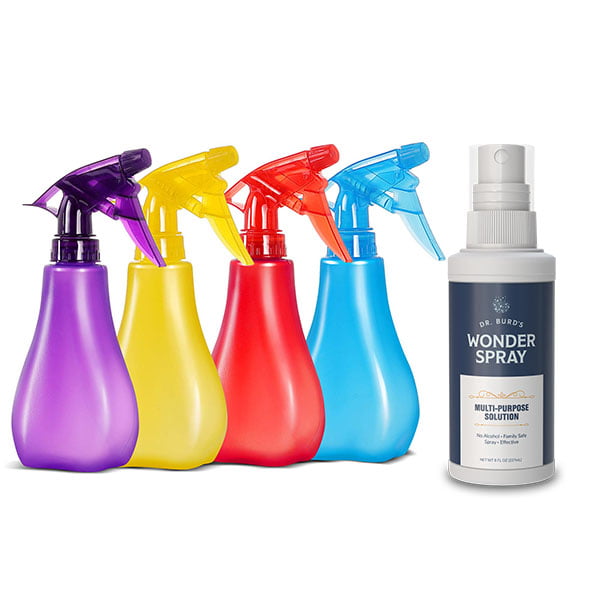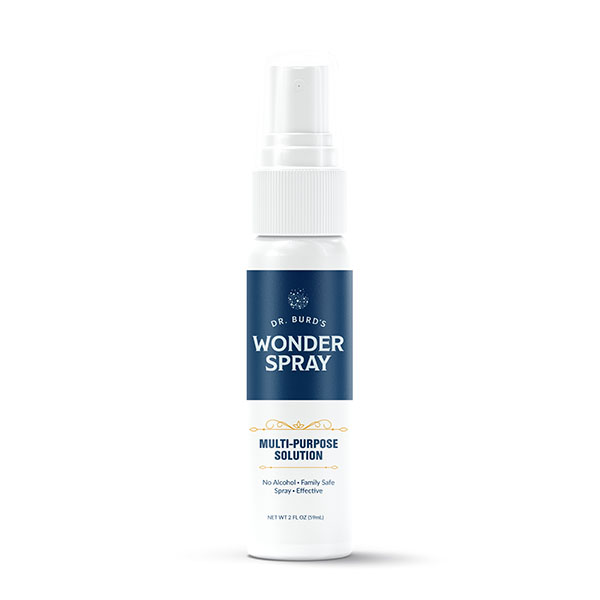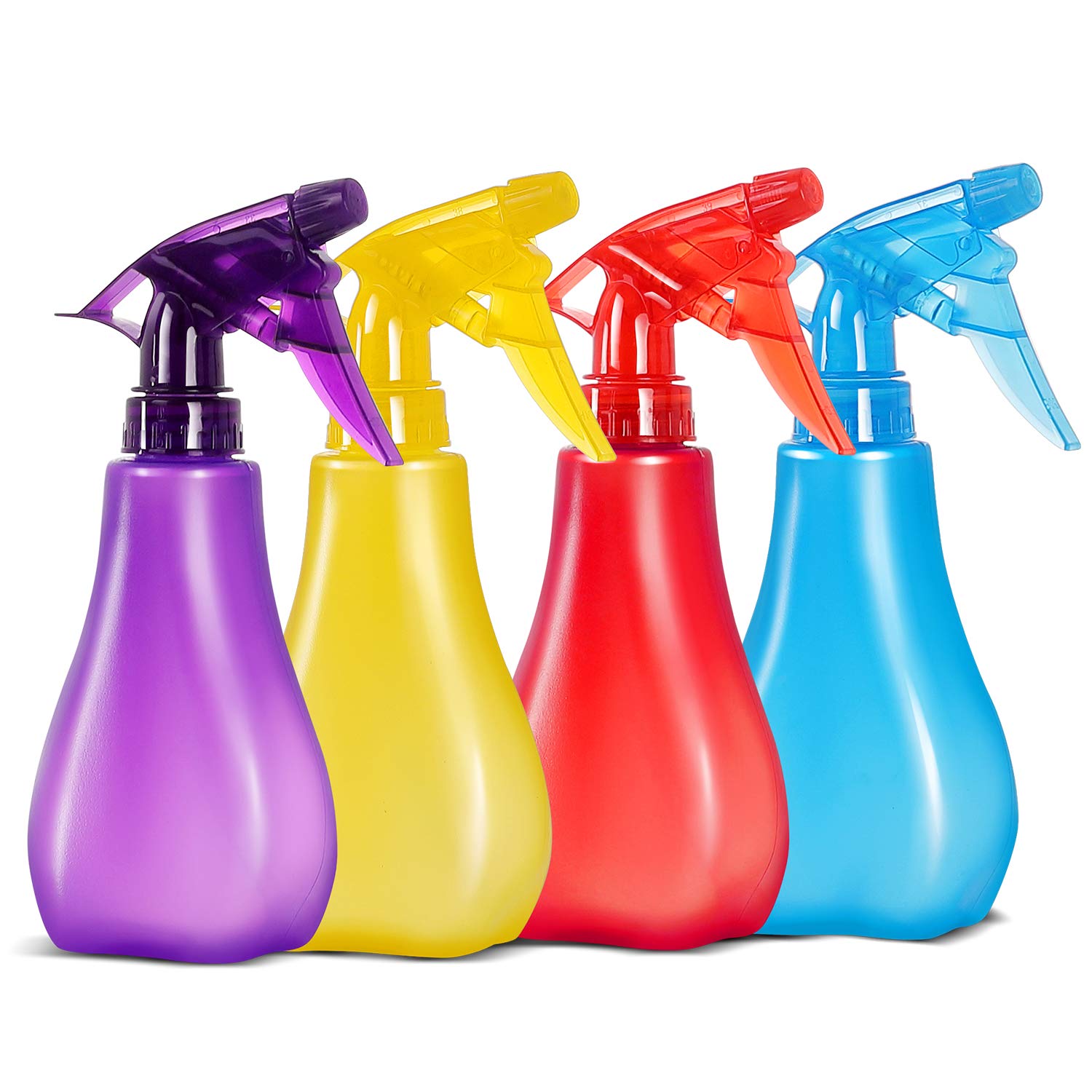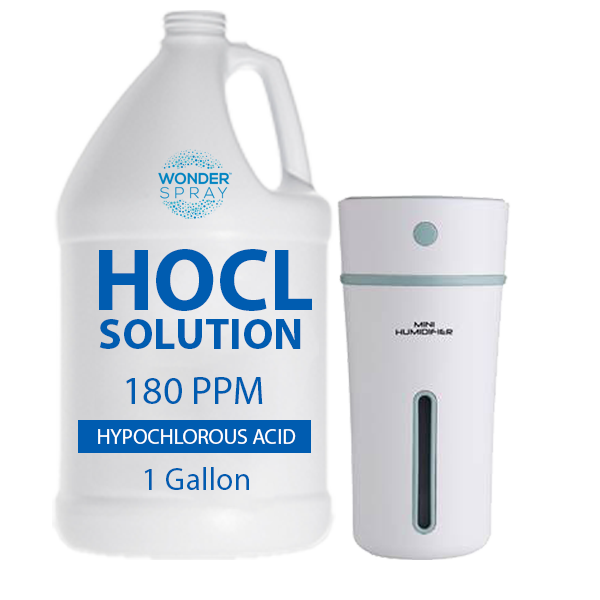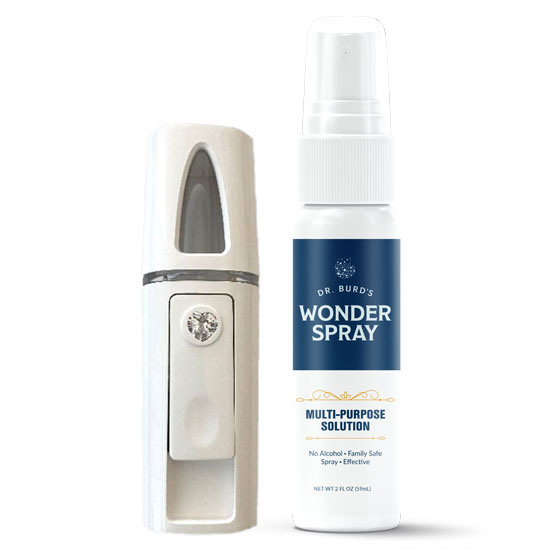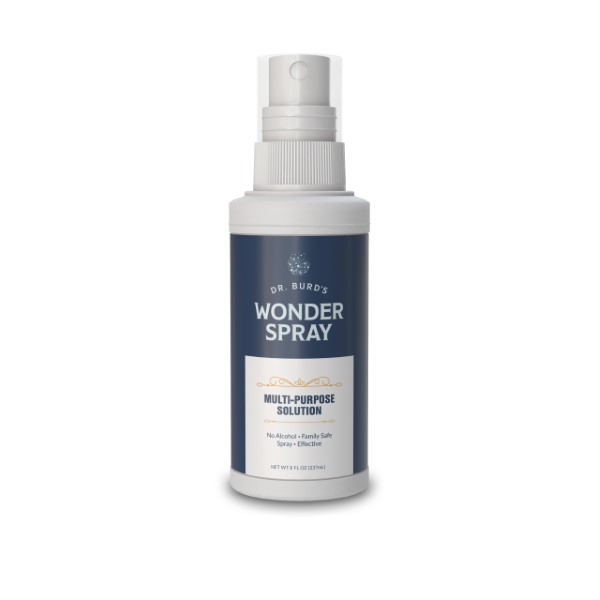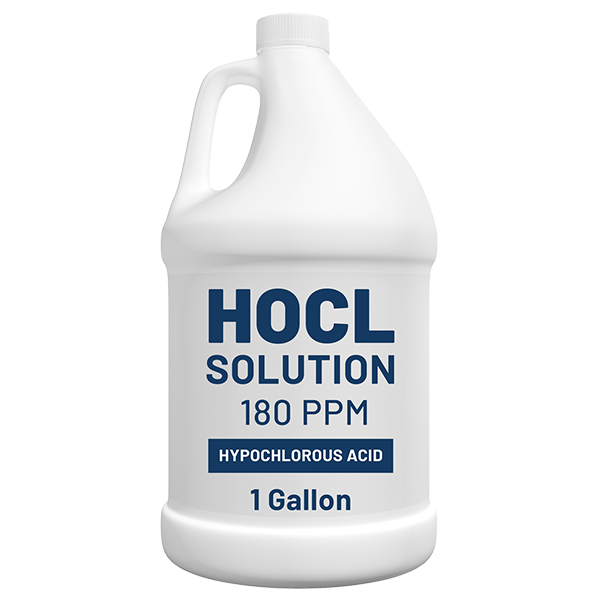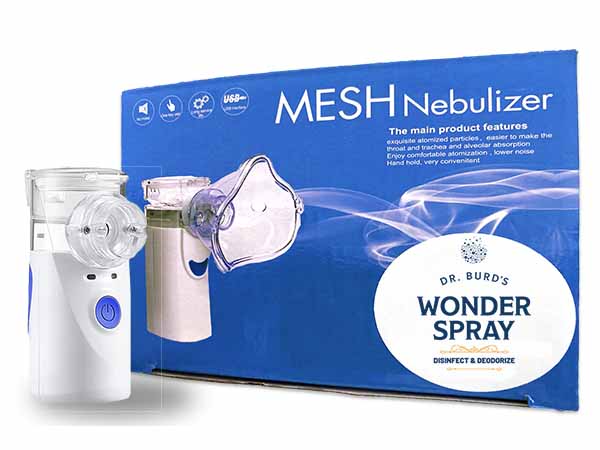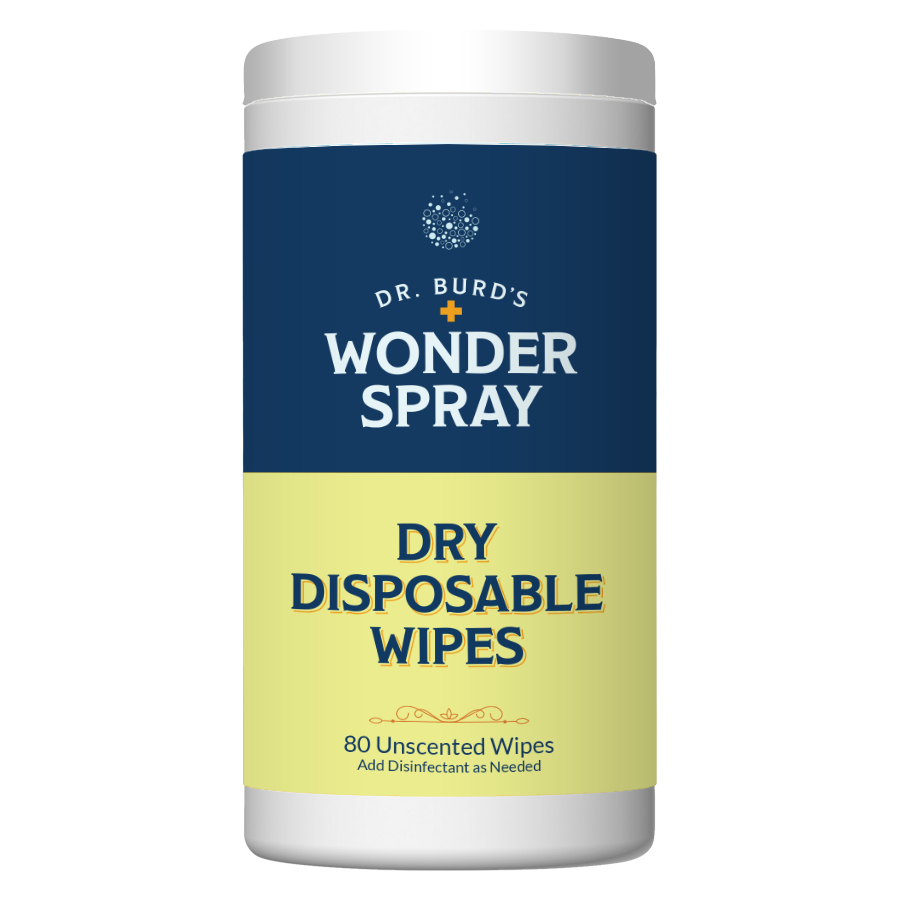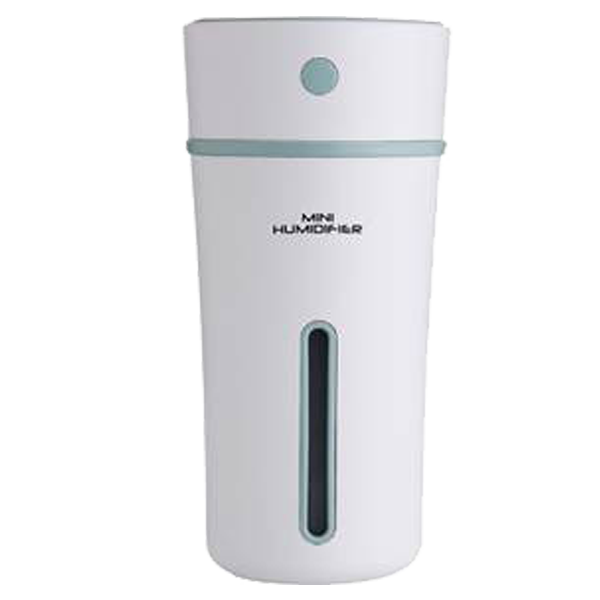HOCl, or hypochlorous acid, is a chemical that has made waves in the medical community for its potent antimicrobial properties. Formed by combining water, salt, and an electrical charge, this colorless, odorless compound is a powerful weapon against bacteria, viruses, and fungal infections. Despite its potency, however, it is well-tolerated by human tissues and exhibits minimal toxicity, making it an ideal candidate for a range of medical applications.
In fact, HOCl has been used in a variety of settings for centuries. It was first used as a disinfectant during World War I, when soldiers’ wounds were treated with hypochlorite solutions. Since then, it has been used in wound care, dental care, and even as a food preservative. In recent years, it has gained popularity as an alternative to more traditional cleaning solutions, such as bleach, due to its lower toxicity and environmental impact.
One of the key reasons that HOCl has become increasingly popular in medical settings is its broad spectrum of antimicrobial activity. Unlike many traditional antibiotics, which target specific types of bacteria, HOCl is effective against a wide range of microorganisms, including gram-positive and gram-negative bacteria, viruses, and fungi. This versatility makes it an attractive option for treating infections that may be caused by multiple types of pathogens.
Another benefit of HOCl is its ability to effectively penetrate biofilms, which are communities of bacteria that can be particularly resistant to antibiotic therapy. Biofilms can form on a variety of surfaces, including medical devices and implants, and can lead to recurrent infections. By being able to penetrate these protective layers, HOCl can more effectively eradicate the underlying bacteria and prevent further infections from developing.
HOCl also has a number of benefits when it comes to wound care. Because it is minimally toxic to human tissue, it can be applied directly to wounds to help prevent infection and promote healing. It is particularly effective at reducing inflammation and preventing scarring, which can be particularly beneficial for complex or chronic wounds.
In addition to its direct antimicrobial properties, HOCl has been shown to have a number of other health benefits. For example, it has been shown to have antioxidant properties, which can help to protect cells from damage caused by free radicals. It has also been shown to have anti-inflammatory effects, which can be particularly beneficial for conditions such as arthritis and other inflammatory disorders.
Despite its many benefits, HOCl is relatively underutilized in clinical practice. This may be in part due to its relative newness in the medical community and the lack of large-scale studies on its efficacy. However, there is growing evidence to suggest that HOCl may be a valuable addition to the medical arsenal for the treatment of infections and wound care.
One of the most exciting developments in this area has been the use of HOCl in the treatment of chronic wounds, which are notoriously difficult to treat and often recur despite prolonged antibiotic therapy. By using HOCl in combination with other therapies such as negative pressure wound therapy, it may be possible to effectively manage these difficult-to-treat wounds and prevent recurring infections.
Other areas where HOCl has shown promise include oral care, where it has been shown to be effective at preventing and treating gingivitis and other oral infections, and dermatology, where it has been shown to be effective at reducing acne and other skin conditions.
While HOCl may be seen as a relatively new development in the medical field, it has actually been used for centuries to combat a range of infections and promote healing. Its wide range of antimicrobial activity, low toxicity, and broad potential applications make it an attractive candidate for a range of medical applications. As we continue to study the efficacy of this gentle but powerful acid, it is likely that we will uncover even more applications for this promising therapeutic agent.

